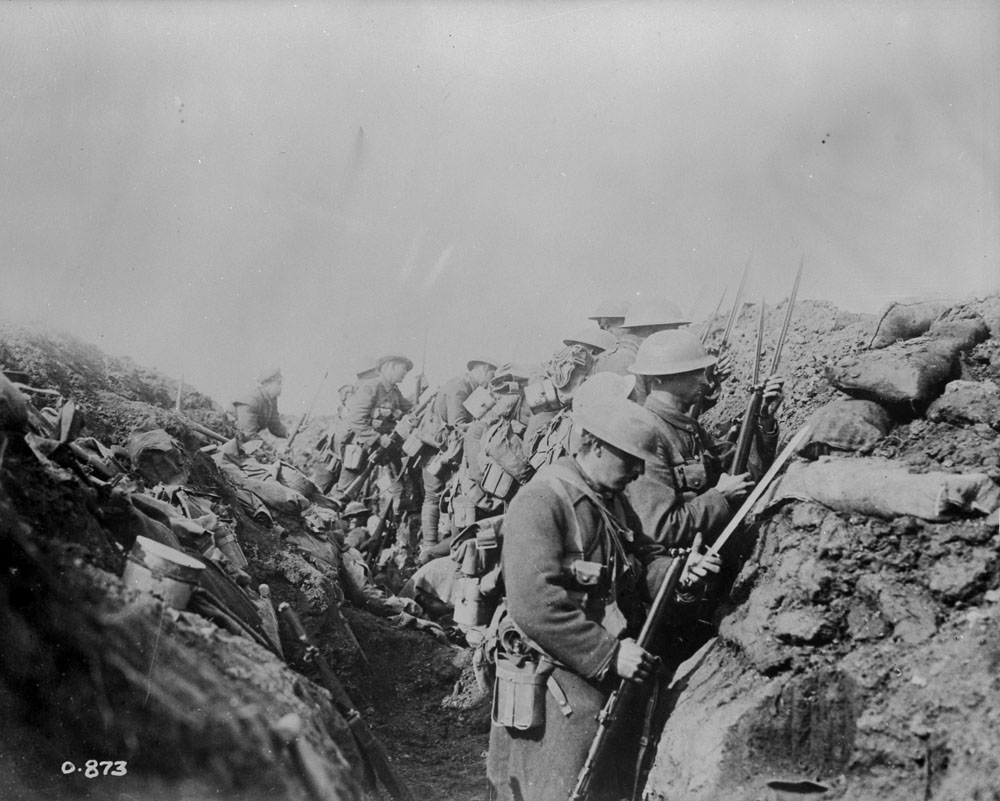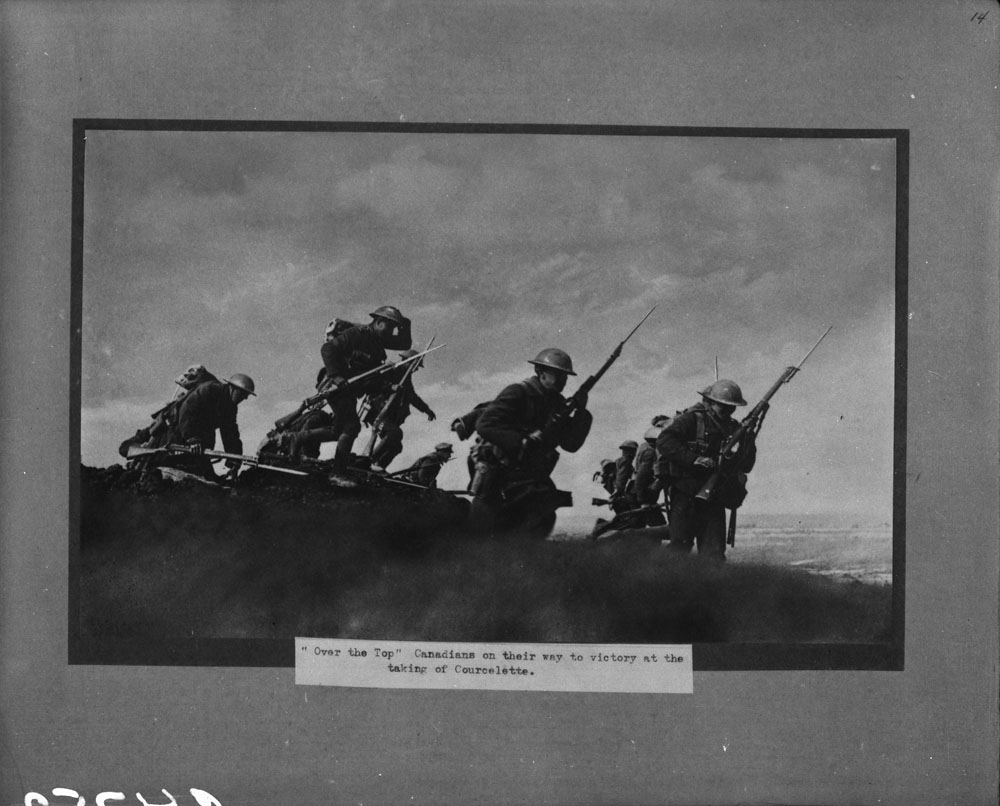
A new #warphotos thread to brighten up your Tuesday and you’re going to want to bookmark this one. What follows is a step-by-step guide on how to find Canadian official First World War photographs. 

(Photograph is: Lt. Charles Hemming “Chas” Hastings, CWRO Records Officer, ca. 1916-1919, unattributed, LAC MIKAN 3216622).
If you cast your mind back to May 1919, you can almost picture Canadian official war photographer William Rider-Rider escorting big heavy crates of glass-plate negatives across the Atlantic to Canada.
The photographic negatives are now housed at Library and Archives Canada (the Gatineau Preservation Centre, to be precise). If I remember correctly, I saw the boxes in the vault when I was an intern there, and was far too terrified to have my supervisor bring any out.
I don’t even know what I would do if I was responsible for the demise of such precious artifacts. But I’m digressing.
Today you can find digital surrogates of those negatives online through LAC. They rolled out their new “Collections Search” tool late last year, and although we got off to a rocky start, I think I’m getting it figured out. 

Now, you can find all of Canada’s official photographs here by using the link below. The title of the collection is “O” Prefix, and the MIKAN number is 4532467.
bac-lac.gc.ca/eng/collection…
bac-lac.gc.ca/eng/collection…
(The long way of doing this would be to go to "Collections Search" and type in either that above MIKAN number or the terms '"O" Prefix'. When your record comes up, remember to click "Record Information" and then "View Lower Level Descriptions.")
MIKAN is the (or was, unless LAC has changed it) the name of the back-end system we use to catalogue materials in the collection. I say “we” like I’m still an unpaid intern who left early everyday. Every item has a call number, or a MIKAN number.
Be sure to click “advanced search” and use the options to search within this collection using dates, phrases, and keywords. 



If you move further down, click on “Database,” and then selection “Collections and Fonds.” If you use the pull-down menu beside “Specific Terms” you can choose “Item Number” and this will take you to the photographs’ individual negative numbers. 



Each official photograph was ascribed a number “O-###”. O-1 to O-650 (roughly) are Harry Knobel, O-651-O1500 (roughly) are Ivor Castle, and O-1501 and onwards are (roughly) William Rider-Rider.
There are some inconsistencies with that system for a few reasons that we don’t have time to get into today.
Want to see photographs by Knobel? Use the item number search and choose some random # s. Remember it will always be an O, a dash, and the number. If that didn’t work, take a stab at a zero, a dash, and then the number. Some were entered incorrectly and not all were fixed.
(When I was an intern it was my job to fix these entries on the back end. I spent days and days changing 0s to Os, and making sure the online images were loading properly. I saw a LOT of photographs this way).
My fav soundtrack for such work:
My fav soundtrack for such work:
On that note, have you found a photo print and want to know who the heck made it? O-### is Canadian. Q is a British print made after 1919. C is Ernest Brooks, D is John Warwick Brooke, L is David McLellan, Thomas Keith Aitken are M, and Harry Armytage Sanders (New Zealand) are H.
Unfortunately, not all of the Canadian photographs have their proper creator attributed to them in the records. If you go by my above handy numbering guide, you can always give proper(-ish) citations for your photographs!
Alright, that’s a pretty quick guide to getting you started finding some cool photographs. Let’s round this party out with some more handy links to save 👇🏼👇🏽👇🏾👇🏿
“N” Prefix - photographs of the Navy during the First World War. These will mostly be by Ivor Castle: bac-lac.gc.ca/eng/collection…
“S” Prefix - photographs of Sporting events during the First World War:
bac-lac.gc.ca/eng/collection…
bac-lac.gc.ca/eng/collection…
“I” Prefix - photographs of Canadian Victoria Cross winners:
bac-lac.gc.ca/eng/collection…
bac-lac.gc.ca/eng/collection…
“M” Prefix - misc. photographs of Canadian First World War subjects, primarily by Herbert Unwin:
bac-lac.gc.ca/eng/collection…
bac-lac.gc.ca/eng/collection…
And finally, let’s switch gears a little and end with “ZK” Prefix - colour photographs (primarily) of the Second World War!:
bac-lac.gc.ca/eng/collection…
bac-lac.gc.ca/eng/collection…
(Here’s a finding aid for the ZK Prefix): data2.archives.ca/pdf/pdf001/p00…
Happy photograph hunting! Let me know what you find :)
Happy photograph hunting! Let me know what you find :)
• • •
Missing some Tweet in this thread? You can try to
force a refresh















